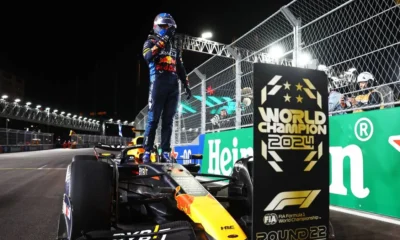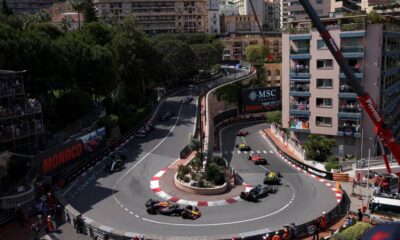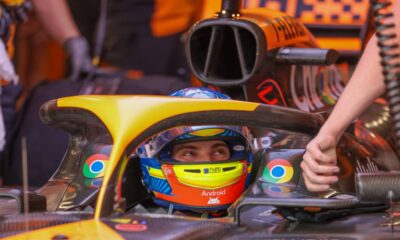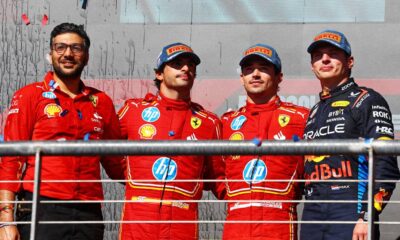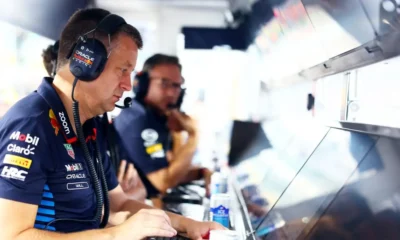Motorsport
The FIA is changing a rule ahead of the Monaco Grand Prix that will affect everyone. The main reason is safety
Ahead of the upcoming Monaco Grand Prix, the International Automobile Federation (FIA) confirms a rule change that will, of course, affect everyone. The aim of this new rule is to ensure maximum safety for everyone involved during the race.
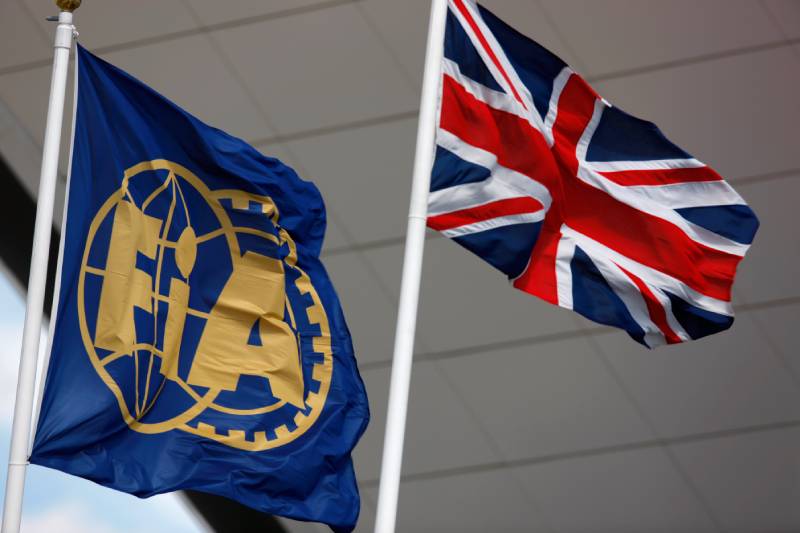
Ahead of the upcoming Monaco Grand Prix, the International Automobile Federation (FIA) confirms a rule change that will, of course, affect everyone. The aim of this new rule is to ensure maximum safety for everyone involved during the race.
With immediate effect, the FIA has introduced a new regulation concerning double yellow flags.
How will it work in practice? Drivers at the upcoming Monaco Grand Prix will have to adhere to a set speed limit in the exact areas where the yellow flags are displayed. This is especially in the aftermath of an accident.
As the FIA has already stated in its official statement, this measure has been taken following research and review of previous incidents and consultation with Formula One teams and drivers. And the overriding reason is, of course, safety.
In the past, the rule was that driving under yellow flags required drivers to “reduce speed significantly, not overtake and be prepared to change direction or stop.”
“In Virtual Safety Car, when a driver enters a double yellow, what he sees on the dashboard is zero, so the delta time is reset and he then has to drive under the new speed limit,” explains F1 electronics chief Olivier Hulot.
“Again, he gets a positive or negative delta relative to that speed limit. So it’s the same principle as before, except it’s specific to the double yellow zone,” he adds.
Riders will then be warned in advance that they are approaching a zone where double yellow flags are currently displayed.
This will be indicated on the steering wheel display and via the team radio. Hulot adds that the FIA has already implemented a warning system for the classic yellow and double yellow flags.
What are delta times?
“For several years we have used delta times for the Safety Car and the Virtual Safety Car. That’s a reference to the speed limit that we have around the track. So when a physical or virtual Safety Car appears, the drivers are informed of this delta time on the display,” explains FIA Technical Director Tim Goss.
“Drivers then have to maintain a positive value, which means they are slower than the reference time for that lap. In some cases, however, cars may be justified in temporarily increasing their speed to recover time lost against the reference time,” he concludes.
Sources

